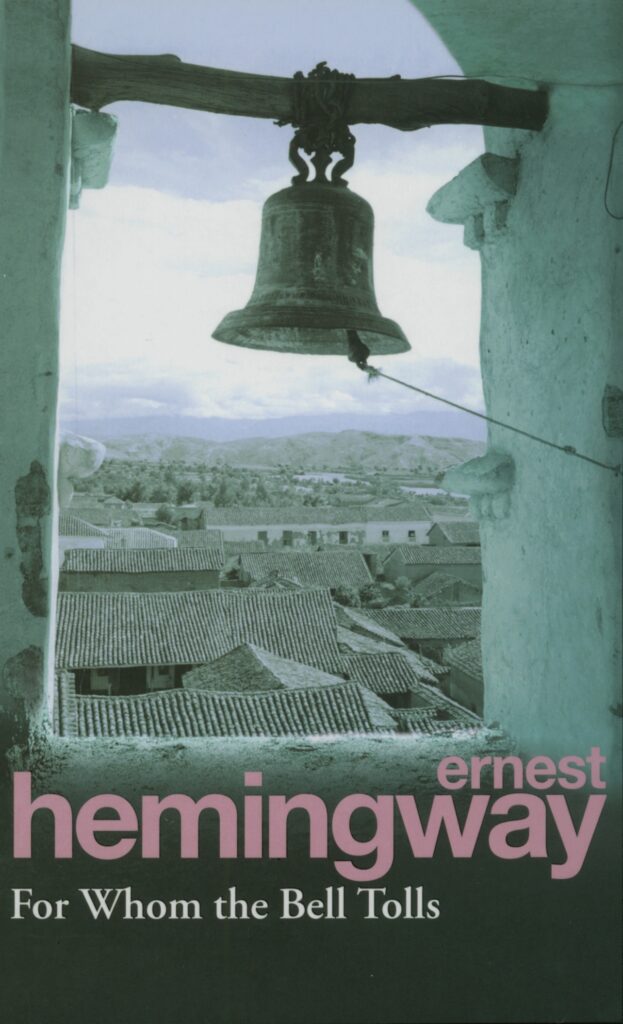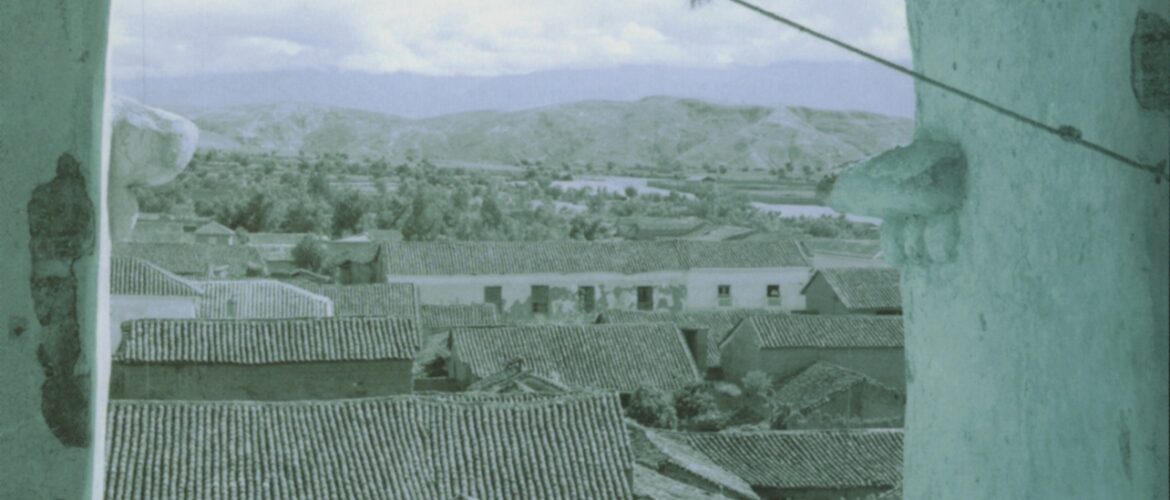
This is the kind of master piece I have been expecting all along, and after so many of Hemingway’s books I can finally say: yeah, this is it, this is great Literature, this man deserves all the fame.
For Whom the Bells Tolls is set during the Spanish Civil War (1936-1939) and Robert Jordan, a young American, is sent to destroy a bridge in the mountains to delay Republican reinforcement for a future attack on a neighboring town by the Nationalists.
The story unfolds over less than a week, an intense few days that contains all the ingredients of Hemingway’s books: manliness, food, nature, love, multiculturalism and his admiration for Spain and its people.
Robert Jordan is a volunteer saboteur, who fondly recalls his youthful holidays spent in Spain. He knows how to ride horses, explode stuff, hunt and sleep in the woods. Early on, he meets an Old man, as Hemingway loves elderly characters, who becomes his guide and friend in the mountains.
Together, they meet local rebels hiding and living a rough but vibrant life up in the mountains. The group will (or not? I don’t want to spoil) gather information and prepare the attack on the guarded bridge.
How? When? Why? Do they have all the necessary equipment? Where should they escape afterward? Might some characters fall in love in the process?
The band of rebels is a gallery of strong characters: guerrilleros with former glories, the widow of a torero (Bullfighting is another Hemingway’s favorite topic), the helpless child-woman rescued from a previous attack, the efficient silent brothers, the malicious gypsy.
They all bond and share beautiful feasts and wine in their cave.
But danger lurks everywhere around the happy rebels.
First, there is the attack they must plan: the bridge is guarded by trained soldiers, and tanks and trucks often pass by. The rebels have to handle delicate explosives, navigate tricky mountainous terrain, and contend with capricious weather. The task is perilous in itself.
Then there is the danger of life as a group in the mountains.
Not everybody agrees on blowing up the bridge and suspicions of treason arise. Other rebel groups live in the woods in the mountains, could they be a treat? Or allies? Or would Franco soldiers patrolling be the most dangerous? At any moment, the Republican planes could start bombing.
This is so far my favourite Hemingway book. The descriptions of the mountains landscapes are refreshing, as if we too have our feet in a cool stream under the pines.
The descriptions of the food and drink are mouth-watering and warm, contrasting with the cold nights outside.
The vivid depictions of characters, places and events seem, I think, to come directly from Hemingway’s memories of his time in Spain. Some scenes of rebellion in small Spanish villages will be forever etched in my memory for their brutality, simplicity and bright colours.
I would not recommend this book to beginners, as its 490 pages can be quite daunting and some actions quite violent. However, it is definitely a classic and one of the best books to read in the world.
- Frankenstein: review (and the truth) - 15 November 2025
- Voyage au bout de la nuit: review - 15 October 2025
- 2025 New Years Eve Party - 29 September 2025

